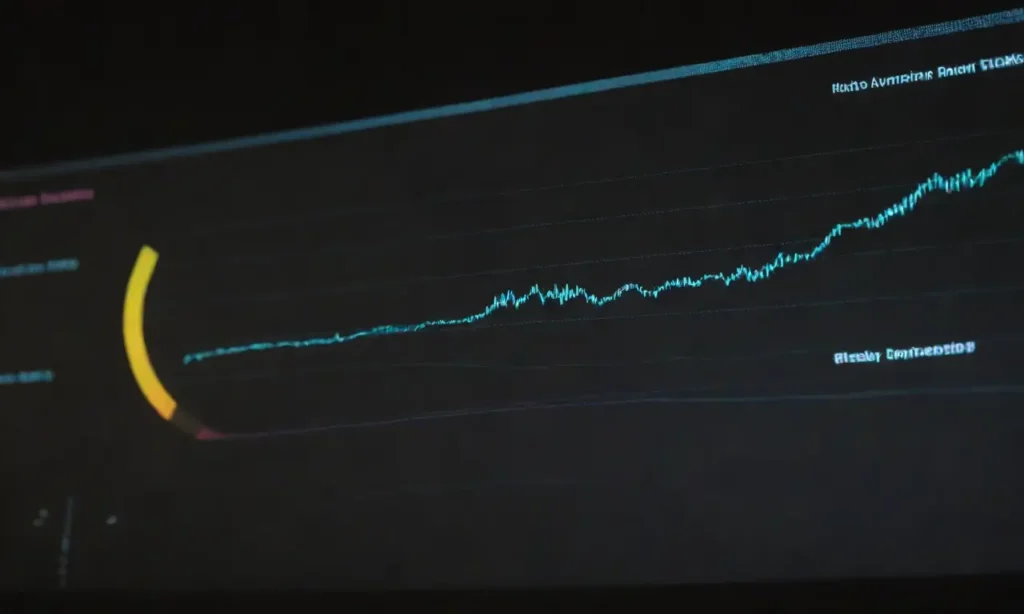
The Importance of Feature Engineering in Time Series Algorithms

Introduction
In the realm of data science and machine learning, the significance of feature engineering cannot be overstated, particularly when it comes to time series algorithms. Feature engineering is the process of transforming raw data into meaningful features that enhance the performance of machine learning models. However, time series data possesses unique characteristics, including autocorrelation, seasonality, and trends, which necessitate specialized approaches to feature engineering. Understanding how to properly harness these data points can lead to substantial improvements in predictive model accuracy.
This article delves deep into the world of feature engineering in the context of time series analysis. We will discuss why feature engineering is essential, explore various techniques for creating features from time series data, and examine best practices that can help data scientists and analysts optimize their models. Whether you’re a beginner just starting with time series analysis or a seasoned data professional looking to refine your skills, this guide aims to provide comprehensive insights into the pivotal role of feature engineering.
The Unique Challenges of Time Series Data
Time series data refers to a sequence of observations collected over time, often at regular intervals. One of the primary challenges in this type of data is its temporal dependency; that is, the current observation can be heavily influenced by previous observations. Unlike traditional datasets, where data points are often independently distributed, time series data has an inherent structure that must be accounted for during the feature engineering process.
Autocorrelation and Lag Features
Autocorrelation is a critical aspect of time series data, describing how a variable correlates with its own past values. This correlation must be properly captured through lag features, which are created by taking past values of the target variable as new features. For instance, if you are predicting stock prices, you may include the price from one or more days prior as features. The inclusion of these lag features allows models to identify trends and patterns over time.
Combining Statistical and ML Models for Superior Time Series ResultsIn practice, creating lag features involves generating a set of previous observations as new columns in your dataset. The number of lags you choose to include will depend on the data's characteristics and the specific problem you are trying to solve. However, it’s crucial to keep in mind that generating too many lag features can lead to curse of dimensionality, where models become overly complex and prone to overfitting. This trade-off between feature richness and model generalization is a fundamental consideration in feature engineering for time series.
Seasonal Decomposition
Another distinctive feature of time series data is seasonality, which refers to regular patterns or cycles in the data that repeat over a specific period. Understanding and capturing seasonal effects can immensely boost the performance of time series models. Seasonal decomposition techniques, such as STL (Seasonal-Trend decomposition using Loess), are often employed to break down the time series into its trend, seasonal, and residual components.
By representing the seasonal component as additional features in your dataset, you can provide your model with valuable insights into how seasonality affects the target variable. For example, ecommerce sales may display seasonal patterns related to holidays or events, which can be crucial for accurate forecasting. Properly capturing these cyclical effects through feature engineering allows models to generalize better and adapt to fluctuating trends over time.
Feature Creation Techniques
Creating effective features for time series analysis involves a variety of techniques that can enhance model performance.
Understanding the Fourier Transform in Time Series AnalysisTime-Based Features
One common approach to feature engineering in time series analysis is to leverage time-based features. This includes breaking down timestamp information into its constituent parts—such as year, month, day, hour, minute, and even day of the week. Each of these components can hold significant predictive power, especially in contexts such as sales forecasting, demand prediction, and traffic analysis.
For instance, if you find that sales tend to spike during weekends, adding a "dayofweek" feature can help the model discern patterns in behavior specific to weekdays versus weekends. Furthermore, you can create binary features that represent special occasions or events, such as public holidays. These features can serve as powerful predictors, ultimately leading to better insight and performance of your forecasting algorithms.
Moving Averages
Another widely used technique in feature engineering for time series is the calculation of moving averages. Moving averages smooth out short-term fluctuations while highlighting longer-term trends, making them a valuable feature in forecasting models. The simple moving average (SMA) can be calculated over different windows—such as 7-day, 30-day, or even 365-day periods—to generate features that represent the average of past observations.
These moving averages can help the model understand the existing trend in the data and adjust its predictions accordingly. For example, if you observe a consistent upward trend in the 30-day moving average of sales data, that could indicate a growth in customer engagement and should be factored into predictions for future performance.
Best Practices for Time Series Feature Engineering

Effective feature engineering in time series requires a systematic approach that combines domain knowledge with data-driven decision-making.
Cross-Validation Techniques
One important practice to consider in time series analysis is the application of appropriate cross-validation techniques. Unlike typical data splits, where randomness can be beneficial, time series data requires a more structured approach due to its temporal dependencies.
Using techniques such as time series cross-validation allows data scientists to evaluate model performance more reliably. Models are trained on past data and tested on future data, providing insight into how well they generalize to unseen time periods. This approach helps to prevent data leakage, ensuring that historical information is used only to make predictions on future data points, which is crucial for maintaining the integrity of the analysis.
Feature Selection
Not all engineered features will contribute positively to model performance; thus, effective feature selection is crucial in refining your modeling process. Employing techniques such as Recursive Feature Elimination (RFE) or regularization methods can help identify which features have predictive power and eliminate those that introduce noise or complexity.
Tools like SHAP (SHapley Additive exPlanations) can provide insights into the importance of each feature in your model, allowing for informed decisions about which features to retain. Reducing the number of features not only leads to simpler, more interpretable models but can also help in mitigating overfitting.
Conclusion
Feature engineering is a foundational aspect of machine learning, and its significance is exponentially amplified in the domain of time series analysis. The intrinsic properties of time series data—such as autocorrelation, seasonality, and trends—demand tailored approaches to feature creation and selection. Through techniques like lag features, moving averages, and time-based features, data practitioners can extract crucial insights that directly enhance model performance.
Moreover, the importance of employing suitable cross-validation techniques and rigor in feature selection cannot be overlooked. Achieving the balance between creating informative features and avoiding unnecessary complexity is key. As you embark on your journey with time series data, remember that effective feature engineering is not merely a necessary step; it is an art that combines intuition, domain knowledge, and analytical techniques to yield fruitful outcomes.
In summary, the role of feature engineering in time series algorithms is indispensable. Invest time and creativity in engineering a rich set of features, and your time series models will undoubtedly perform with greater accuracy and reliability, ultimately leading to superior predictions and informed decision-making.
If you want to read more articles similar to The Importance of Feature Engineering in Time Series Algorithms, you can visit the Time Series Forecasting category.



You Must Read